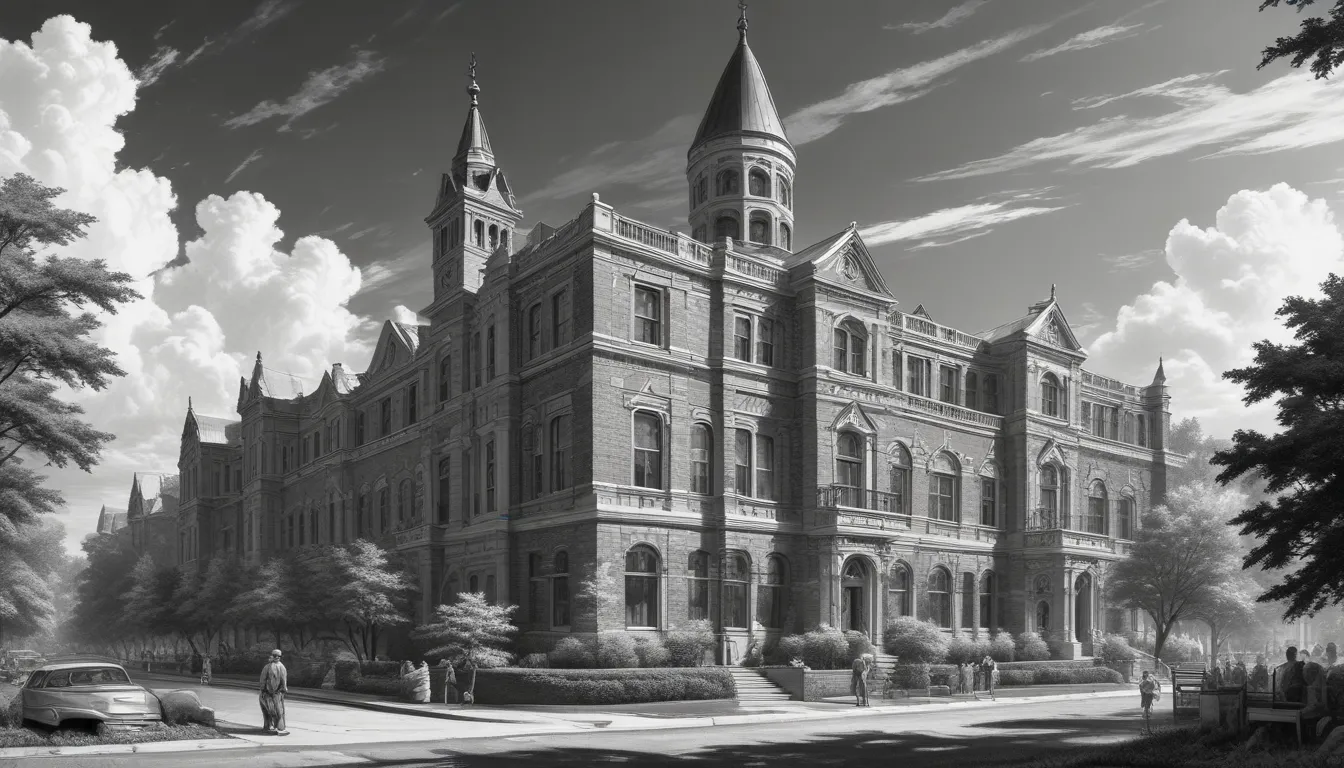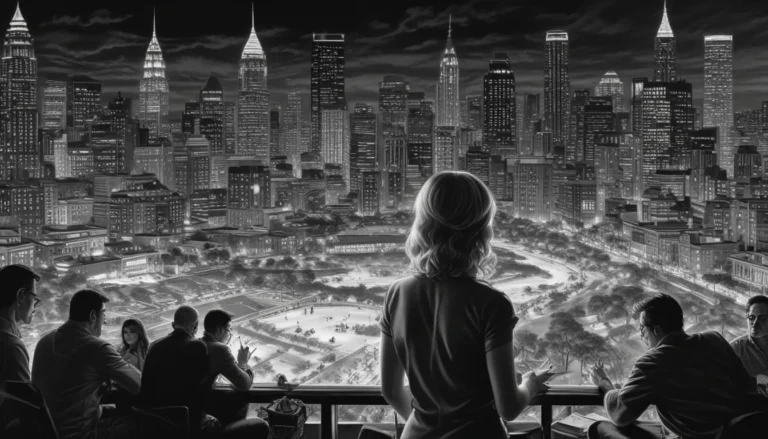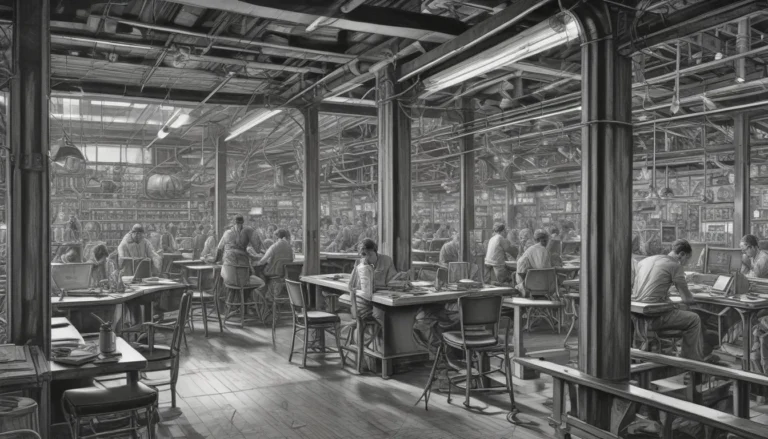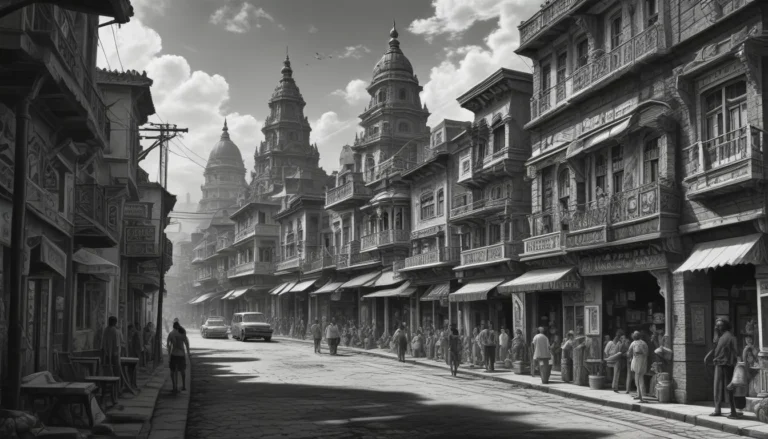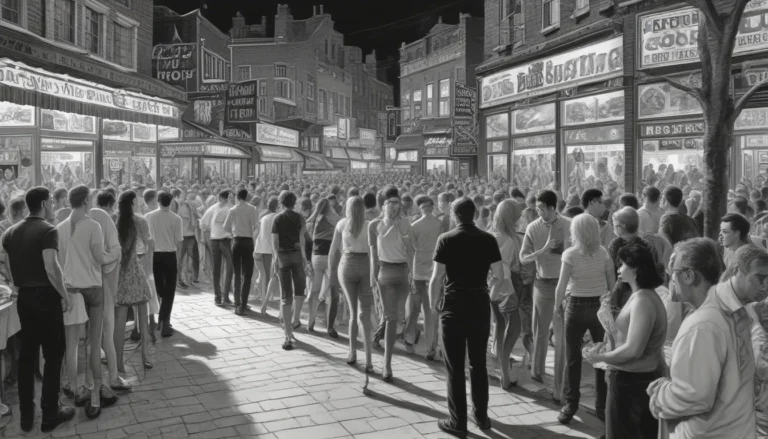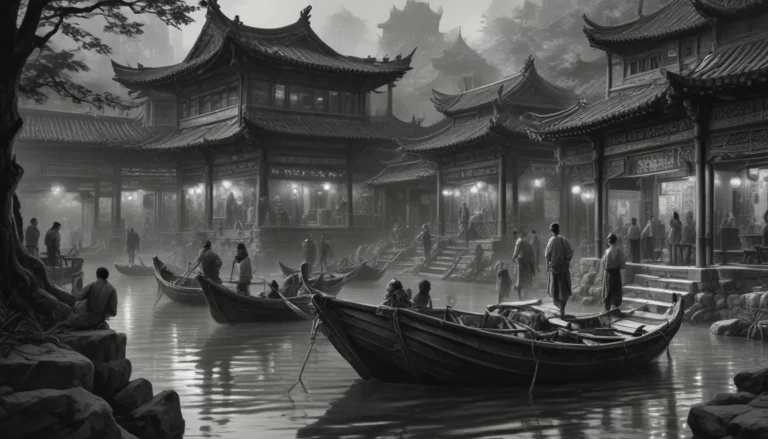The images in our articles are for illustrative purposes only and may not exactly match the content. They are intended to capture your interest and complement the text, not to replace it.
Columbus, Indiana, a city nestled in the heart of the Midwest, is renowned for its stunning architectural landmarks that reflect a rich tapestry of design and innovation. From modernist masterpieces to historic treasures, Columbus is a treasure trove of architectural diversity waiting to be explored. In this article, we will take a deep dive into 14 captivating facts about the architectural wonders that define Columbus, Indiana, shedding light on the history, design intricacies, and cultural significance of these iconic structures. Join us on this journey as we unravel the captivating tales woven into the fabric of Columbus’s architectural heritage, celebrating the city’s enduring commitment to excellence in design and urban planning.
Embracing Architectural Excellence in Columbus, Indiana
- Columbus, Indiana is home to iconic architectural landmarks such as the Miller House and Garden, showcasing modernist design principles and the city’s rich cultural heritage.
- Visitors to Columbus can explore a diverse range of architectural styles, from modernist marvels to historic gems like the Crump Theatre, offering a glimpse into the city’s vibrant past and present.
Unveiling Architectural Gems in Columbus
The Miller House and Garden: A Modernist Masterpiece
Designed by Eero Saarinen, the Miller House and Garden epitomizes modernist architecture with its open floor plan, flat roof, and expansive glass walls. This architectural gem showcases the principles of simplicity and integration with nature that define the modernist style.
The North Christian Church: A Modernist Icon
Designed by Finnish architect Eero Saarinen, the North Christian Church stands out with its unique hexagonal design and soaring spire. The church’s interior, with its innovative use of natural light and space, creates a serene and contemplative atmosphere, making it a standout landmark in Columbus.
The First Christian Church: A Stunning Architectural Gem
Crafted by renowned architect Eliel Saarinen, the First Christian Church is a testament to innovative design and timeless beauty. Its sweeping arches and intricate stained glass windows exemplify the fusion of form and function that characterizes outstanding architectural landmarks.
The Irwin Conference Center: A Showcase of Adaptive Reuse
Originally designed as the Irwin Union Bank by architect Richard Meier, the building has been transformed into the Irwin Conference Center. Its striking white facade and geometric forms continue to captivate visitors, serving as a prime example of adaptive reuse breathing new life into architectural landmarks.
The Cleo Rogers Memorial Library: A Timeless Architectural Treasure
Designed by I.M. Pei, the Cleo Rogers Memorial Library is a testament to the enduring legacy of its renowned architect. The building’s geometric forms and use of natural light create a welcoming and inspiring space for knowledge and discovery, embodying architectural excellence at its finest.
The Cummins Corporate Office Building: An Architectural Marvel
Designed by Kevin Roche, the Cummins Corporate Office Building is a symbol of innovative design and sustainable architecture. Its striking blue glass facade and innovative use of space reflect the company’s dedication to excellence and environmental stewardship, standing out as a landmark in Columbus.
Zaharakos Ice Cream Parlor and Museum: A Beloved Historic Landmark
With its ornate woodwork, Tiffany-style lamps, and vintage soda fountain, Zaharakos Ice Cream Parlor and Museum holds a special place in Columbus’s architectural and cultural heritage. Its timeless charm and commitment to preserving traditions make it a delightful destination for both locals and visitors.
The Crump Theatre: A Historic Architectural Gem
Originally opened in 1889, the Crump Theatre has undergone extensive restoration to maintain its historic charm and architectural significance. The theater’s ornate facade and elegant interior transport visitors to a bygone era, offering a glimpse into the rich cultural heritage of Columbus.
The Commons: A Vibrant Hub of Architectural Significance
Designed by Cesar Pelli, The Commons serves as a dynamic architectural space for community gatherings, events, and celebrations. Its modern design and versatile functionality make it a cornerstone of cultural life in Columbus, embodying innovation and inclusivity in its design.
Exploring Diverse Architectural Styles in Columbus
The AT&T Switching Center: A Bold Example of Brutalist Architecture
Crafted by architect Harry Weese, the AT&T Switching Center is a striking representation of Brutalist architecture in Columbus. Its imposing concrete facade and geometric forms make a powerful statement, showcasing the lasting impact of this architectural style.
The Republic Building: A Historic Landmark with Timeless Appeal
Constructed in 1890, the Republic Building stands as a testament to Columbus’s rich architectural heritage. Its ornate facade and intricate details reflect the craftsmanship and elegance of a bygone era, offering a glimpse into the city’s storied past.
The Bartholomew County Courthouse: A Symbol of Architectural Grandeur
Designed by architect Charles Bassett, the Bartholomew County Courthouse exudes Neoclassical grandeur with its imposing columns, grand dome, and meticulous detailing. It stands as a majestic architectural landmark in Columbus, Indiana.
The Lohmeyer-Nussbaum House: A Historic Treasure with Timeless Allure
Built in 1849, the Lohmeyer-Nussbaum House showcases Columbus’s rich architectural and cultural heritage. Its classic Greek Revival style, complete with iconic columns and symmetrical design, reflects the enduring appeal of historic architecture in the city.
Immersing in Architectural and Natural Beauty at T.C. Steele State Historic Site
The T.C. Steele State Historic Site offers a captivating blend of architectural and natural splendor with its picturesque gardens and historic buildings. Visitors can explore the artist’s studio and home, immersing themselves in the beauty of Columbus’s architectural and natural heritage.
Conclusion: Celebrating Architectural Brilliance in Columbus, Indiana
Columbus, Indiana, stands as a living testament to the transformative power of architecture in shaping a community’s identity and inspiring creativity. The city’s outstanding architectural landmarks, designed by visionaries like Eero Saarinen and I.M. Pei, showcase a harmonious blend of innovation and tradition. Each structure tells a unique story, inviting visitors to delve into the intersection of art and urban planning. Columbus continues to captivate and inspire, serving as a vibrant canvas where architectural brilliance thrives.
FAQ: Exploring Architectural Wonders in Columbus
Q: What makes Columbus, Indiana a notable destination for architecture enthusiasts?
A: Columbus, Indiana is renowned for its exceptional collection of architectural landmarks, featuring designs by influential architects such as Eero Saarinen and I.M. Pei. The city’s commitment to integrating art and architecture into its urban fabric has garnered international acclaim.
Q: Can visitors access guided tours to explore the architectural landmarks in Columbus, Indiana?
A: Yes, visitors can participate in guided tours offered by local organizations and the Visitors Center, providing insightful narratives and historical context for each architectural gem. These tours offer a comprehensive exploration of the city’s rich architectural heritage.
